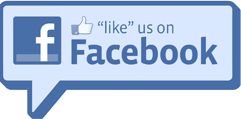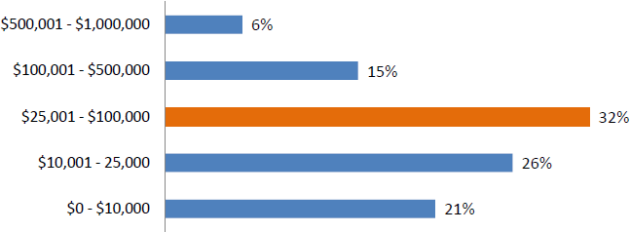Facebook Advertising For Your Cosmetic Practice - Results From A 3 Day Trial
/
Facebook marketing for your cosmetic practice: Is it worth advertising your clinic on Facebook?
I've advertised with facebook before and thought it to be somewhat useful. I liked how it didn't waste paper. I already think there's too much waste in this world. But at the same time, these online ads don't sit around for a long time like some advertisements in physical print. This time, I decided I was going to try a 3 day experiment and see if I thought facebook ads were worth the investment.
Advertising format on facebook
The ad format I chose was one of those ads that show up on the side of the screen. Currently, facebook has rotating ads in this area so that more ads could be shown. One downside to this method of advertising for facebook is that currently these ads don't show up on mobile devices. There are other ways of advertising on facebook which involve getting a status update to show up as sponsored notices - this does show up on mobile devices in the standard newstream (which is essentially the main page of facebook). The reason I didn't choose this format for myself was that I couldn't customize the audience reach as much as I could if I had chosen one of the ads on the sides. Thus I chose the side ads. Then I also chose the link to be that of my own facebook page for my practice rather than my own webpage. This means that when they click on the ad, they will be directed to my facebook page.
I made a few ads that were very similar but they would bid through the facebook system via different methods. One was a pay per click and the other was pay per view. Then I also added a few different pictures - one was our logo and the other was the picture of our plastic surgeon (my wife).
Intended audience
I narrowed my audience to women, age 20-50, located within 50 miles of my practice's city, and not associated with my facebook page.
Budget
I assigned a budget of $50 a day to be spent per on all the ads that I had created (pay per click, pay per view, picture of logo, and picture of surgeon), and the ad was to run for 3 days. Thus I spent $150 on this brief ad campaign with facebook.
What was I advertising?
My wife normally charges $200 for breast related consultations. She decided for the month of October to charge $25 instead, since October is Breast Cancer Awareness month.
What did I get out of this facebook advertising campaign?
I got 20 more new members on my facebook page. Sometimes these members are called "fans." I think these are potentially new patients in the future.
More importantly, I got 3 calls which all turned into consultations. These were 3 calls that could be tracked back to directly seeing this advertisement on facebook. There were other consultations that booked as a result of seeing free status updates on our facebook; these consultations were not counted as part of this experiment.
Was it worth it?
It was worth it to me. $150 for 20 new facebook members and 3 consultations in 3 days. The immediate measure of the worth of this advertising campaign would be the conversion rate of our practice. If even one of the 3 consultations turns into a surgery. It would have covered the $150 expense of the advertisement. I stopped the advertisement because we didn't have any other spots available in October for any more consultations.
There's so many other strategies one could employ to get more patients. The $50 limit per day x 3 days was my self imposed limit. I can imagine that others could set a $200 per day limit and run the ads for a month. Furthermore, one could advertise via the promoted (non-free) status updates which then would have a broader reach, but I would rather narrow down my audience to women only, age bracket, etc. I'm sure that facebook would welcome more aggressive strategies. I have advertised several times with Facebook before, but it got somewhat addicting and I found myself being happy to spend more and more money as I saw the clicks roll in. In many respects it felt like tracking stocks with graphs that facebook provides. I thought I'd try a disciplined approach this time and I'm happy to share the experience here.
Medical Spa MD Members get a Podium patient review marketing account and save $1,257
Protect your reputation. Get new patients. Medical Spa MD Members receive a special, full service Podium account that includes: no setup fee (save $300), a 10% discount forever (save $330/year) and on-demand patient review marketing training for your entire staff ($597 value). This offer is not available anywhere else.











